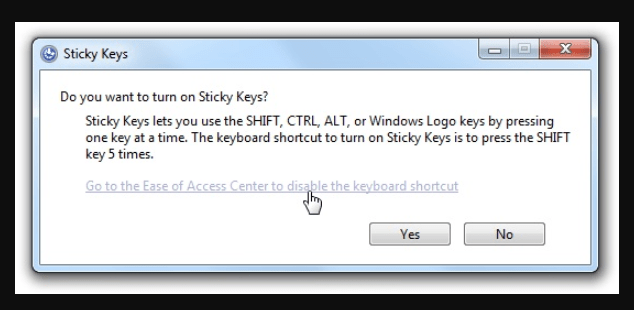

Neither will fit onto an airline table tray nor into the typical notebook case. and 10.0 lb., respectively.Īs you can imagine, getting to your next gaming party with either of these systems can be a chore. With their large AC adapters, the Asus and the Toshiba have travel weights of 12.1 lb. That's still roughly twice the weight of the typical notebook. While the Asus tips the scales at a hefty 10.2 lb., the Toshiba keeps its weight somewhat under control at 8.0 lb. thick the back of the Toshiba measures slightly less at 2.3 in. The Asus is a bit thinner in the front, but at the back, the system widens to 2.5 in. At 0.9 x16.5 x12.7 in., the Asus system is wider and longer than the Toshiba, which measures 1.2 x 16.1 x 10.8 in. One thing is for certain - no one will confuse either of these with a MacBook Air. And they are stretching the definition of what a notebook can do. The Asus G74SX and Toshiba Qosmio X775-3D78 are like monster twins from the laboratory of an evil genius: They are big, powerful and fast. Still, if you're a 3D gaming or video enthusiast - or if you plan to wow your clients with 3D presentations - they could be worth it. They are high-end systems with price tags that run close to $2,000. These aren't systems meant for those who are looking to watch the occasional YouTube video. Two of the most recent are the Asus G74SX and Toshiba Qosmio X775-3DV78, which I've run through their paces for this article.

So it's natural that 3D-capable notebooks should now be hitting the market, with the kind of specs and graphics capabilities necessary to handle fast-moving 3D animations and videos. Game-makers have been a little slower in embracing the technology, but there are dozens of games that have been written for 3D viewing, including Activision's Call of Duty, Electronic Arts' Need for Speed, Prince of Persia from Ubisoft and Valve Corp.'s Portal 2. At the moment, 3D is the hottest thing in Hollywood, with most action and animated flicks coming out in both 3D and 2D versions.


 0 kommentar(er)
0 kommentar(er)
